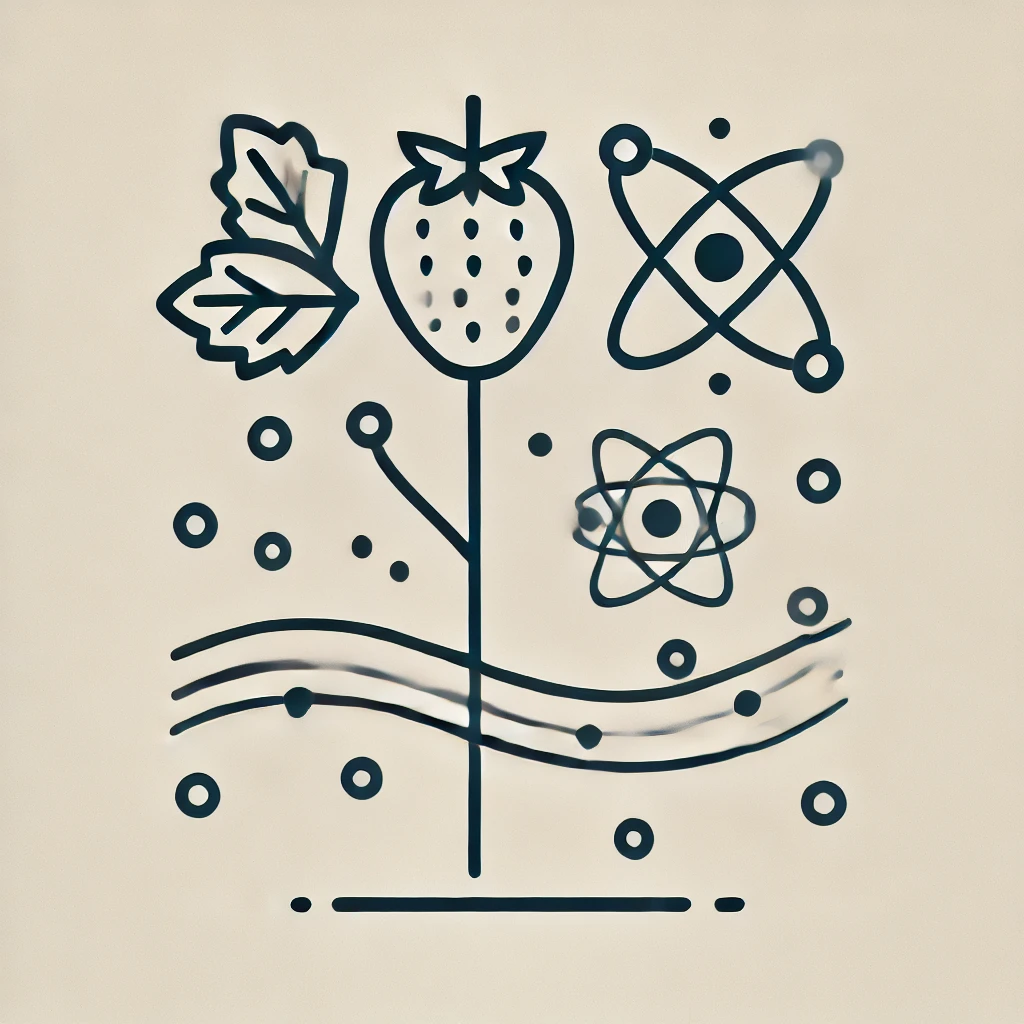Distributed Data Parallel: Scaling AI Model Training
What truly makes for a better AI model? It’s a multifaceted journey, beginning with good data and winding through the intricacies of data processing, model architecture, and hyperparameter tuning. However, there’s an often underappreciated factor that becomes crucial when performance stagnates: computational support. While initially less critical, once your model hits a plateau, this is where money talks. Investing in the right resources and talent can make a significant difference, as expanding computational power through multiple GPUs not only accelerates processes but also enables tackling more complex models with larger batch sizes.
Key Factors for Better AI Models
This journey toward superior AI models involves several essential components (more important comes first):
1. Good Data
Clean, representative training data that minimizes noise and mirrors production data is critical for reducing bias—setting a solid foundation for any model.
2. Good Data Processing
Effective feature engineering and pre-processing hinge on a profound understanding of your problem and environment, ensuring you can address gaps between training and production data.
3. Good Model Architecture Selection
Choosing the appropriate model architecture, whether it’s CNNs, Transformers, or XGBoost, should reflect your dataset’s size and nature, as well as the dynamics of the problem you’re tackling, such as linear versus non-linear or temporal versus time-invariant structures.
4. Good Model Hyperparameters
Proper tuning of hyperparameters—covering optimizers, learning rates, and weight decay—requires leveraging state-of-the-art practices and tools like Hyperopt or Optuna to ensure optimal configurations.
5. Good Computational Support
While considerations around computational support might start as secondary, they’re crucial when you are hungry with 1% more performance. It’s’ a moment when money plays important role. (of course, hiring top talent with good-money can resolve all issue 1-4, too.)
Larger batch sizes, which often correlate with improved model performance, hinge on GPU memory availability. Based on my experience, batch sizes between 8-64 yield better results. Achieving these batch sizes necessitates parallel computation.
The Role of Distributed Data Parallel (DDP)
As models grow in complexity and scale, Distributed Data Parallel (DDP) becomes indispensable. It facilitates training across multiple GPUs, making it feasible to handle larger batch sizes and reduce training time. Here’s where financial investment in computational resources can dramatically enhance performance.
- Scalability: Efficiently divides workloads across GPUs.
- Efficiency: Accelerates training through parallel computation.
- Reliability: Consistently improves with larger batch sizes.
For those venturing into DDP, the road can initially seem complex, yet it is rewarding. I’ve put together a sample code to help navigate this terrain, which you can explore here: DDP Implementation.
In conclusion, while good data, processing, model architecture, and hyperparameters lay the groundwork for effective models, it’s the boost from computational support, particularly via DDP, that can propel models beyond their initial limits. Investing wisely here might just be the twist of the key that unlocks your model’s full potential!
Additional Research Insights
Accurate, Large Minibatch SGD: Training ImageNet in 1 Hour (Goyal et al., 2017): This work demonstrates the down-side of large batch sizes, but it shows negative effect after thousands of batch size.
